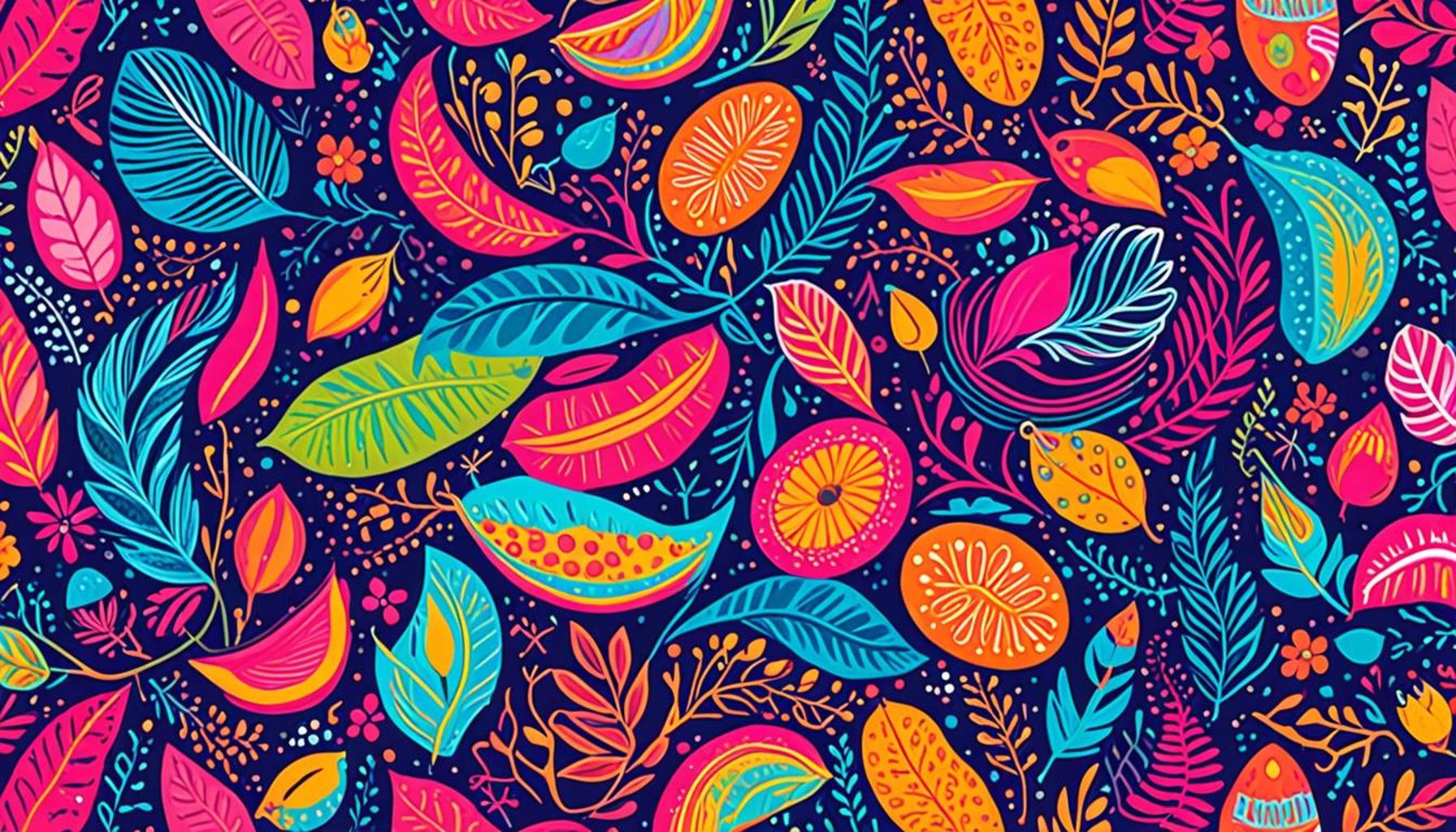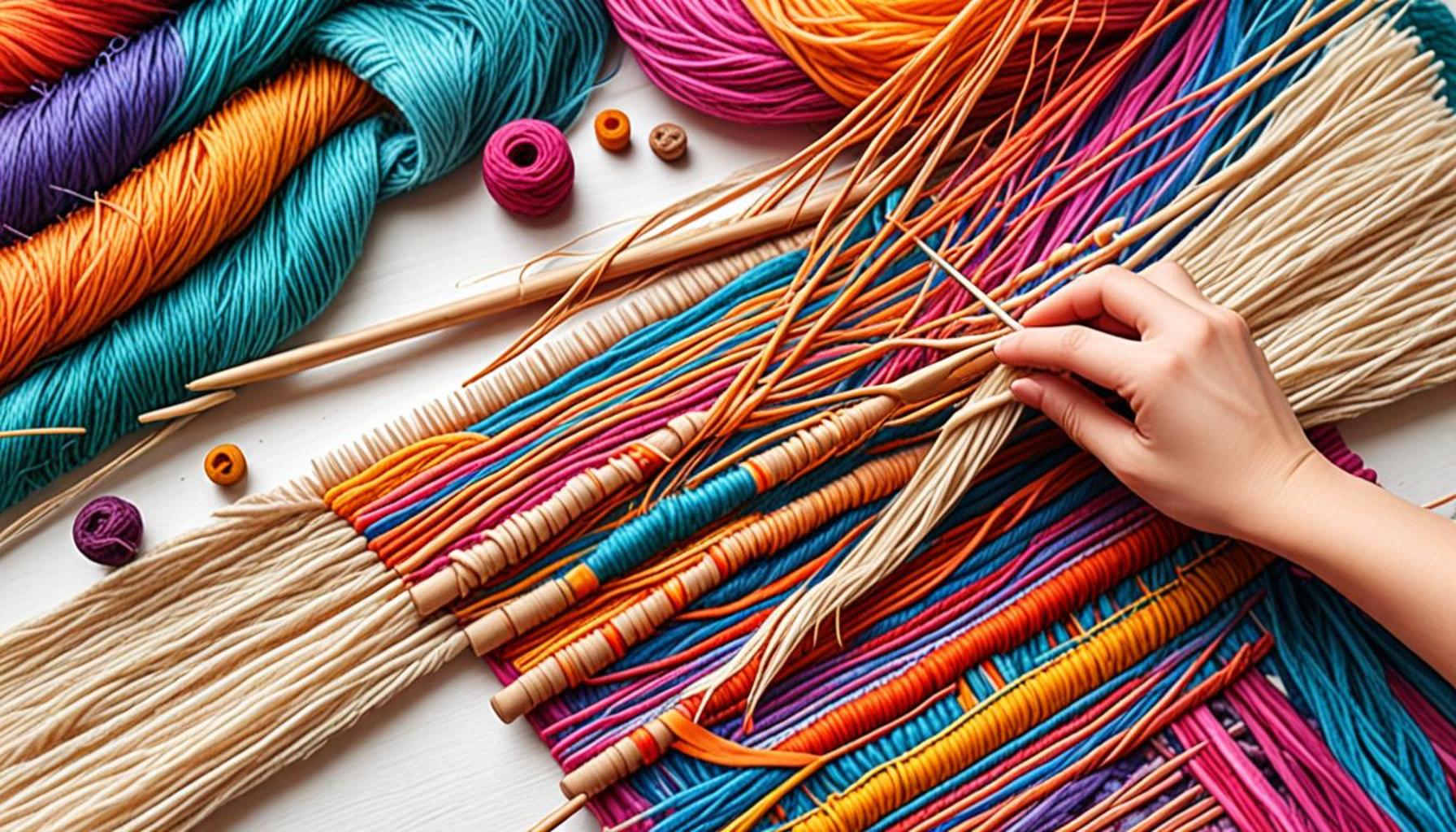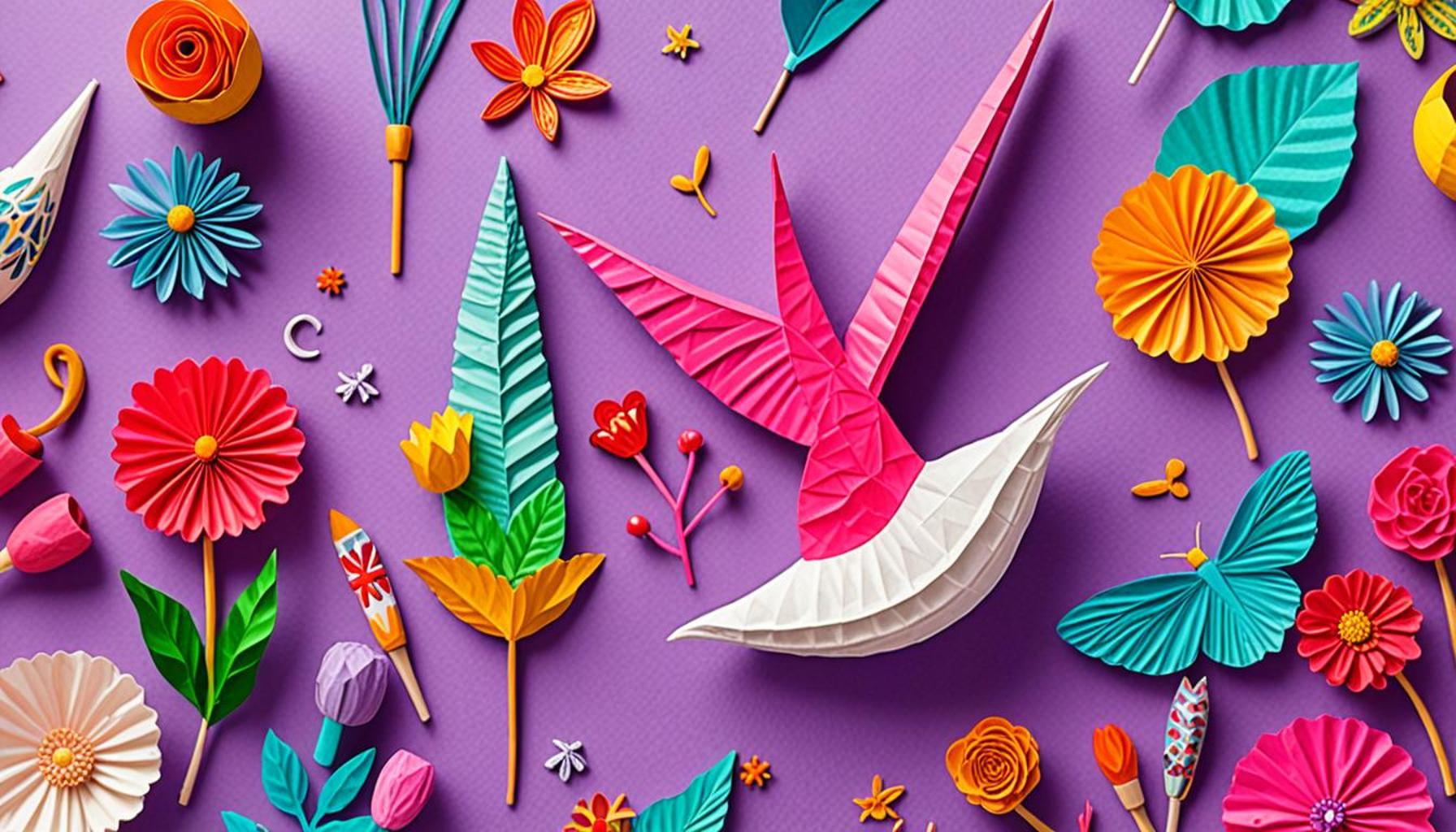The Art of the Frog: Clay Modeling Techniques for Fun Creations
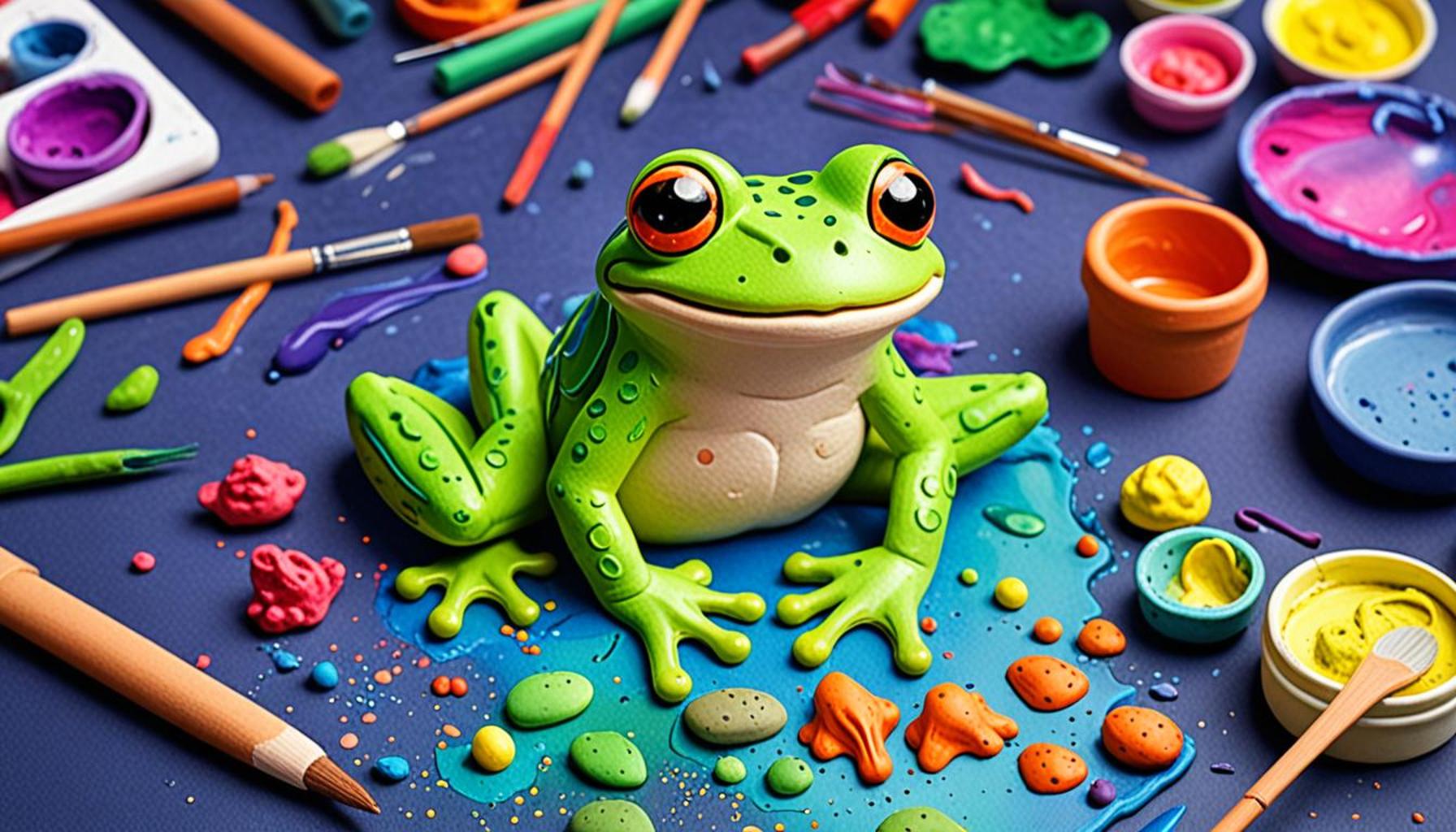
Unleashing Creativity through Clay Modeling
Have you ever thought about how clay modeling can empower your creativity? Working with clay is not just a hobby; it’s an exciting way to express yourself through three-dimensional artistry. As you roll and shape, your ideas transform into tangible forms, giving life to your imagination. One of the most delightful challenges is crafting charming frogs that leap off the page and into reality.
Frogs serve as fantastic subjects for clay modeling due to their playful shapes and vivid colors. From the bright greens of common tree frogs to the speckled patterns of various species, the options are limitless. Here are some compelling reasons to dive into this creative venture:
- Variety of Techniques: Each frog can be shaped using different methods like pinching, coiling, or slab building. For instance, the pinch technique allows you to shape the body of the frog while giving it texture, while the coil method can help create a chunky design reminiscent of the lush Nigerian rainforest.
- Customization: You can experiment with various colors and textures to create unique frog designs. Using vibrant acrylic paints or natural dyes, you can add intricate details that reflect Nigeria’s rich biodiversity, from the intricate patterns seen on the African bullfrog to the vibrant colors of the poison dart frog.
- Fun for All Ages: Clay modeling is suitable for children and adults alike, making it a great family activity. Engaging in this craft can help foster family bonds and even act as an educational tool, teaching children about nature and art simultaneously.
In Nigeria, clay modeling traditions can draw from rich cultural narratives, where frogs often symbolize harmony and transformation, reflecting the values embedded in local folklore. For instance, in some stories, frogs are viewed as messengers of change, representing good fortune and adaptability.
Throughout this article, you will explore essential clay modeling techniques, discovering how each method can lead to innovative frog creations. As you delve into this creative process, consider the variety of materials available, such as air-dry clay, polymer clay, or traditional clay used in local artisanship. Each type brings its own unique characteristics and can impact your artistic approach.
Ready to make your creative leap? Let’s dive deeper into the art of frog modeling and discover techniques that will bring a splash of fun to your artistry. Whether you’re embarking on this journey alone or with family, the world of clay modeling awaits you, filled with endless possibilities and delightful expressions.
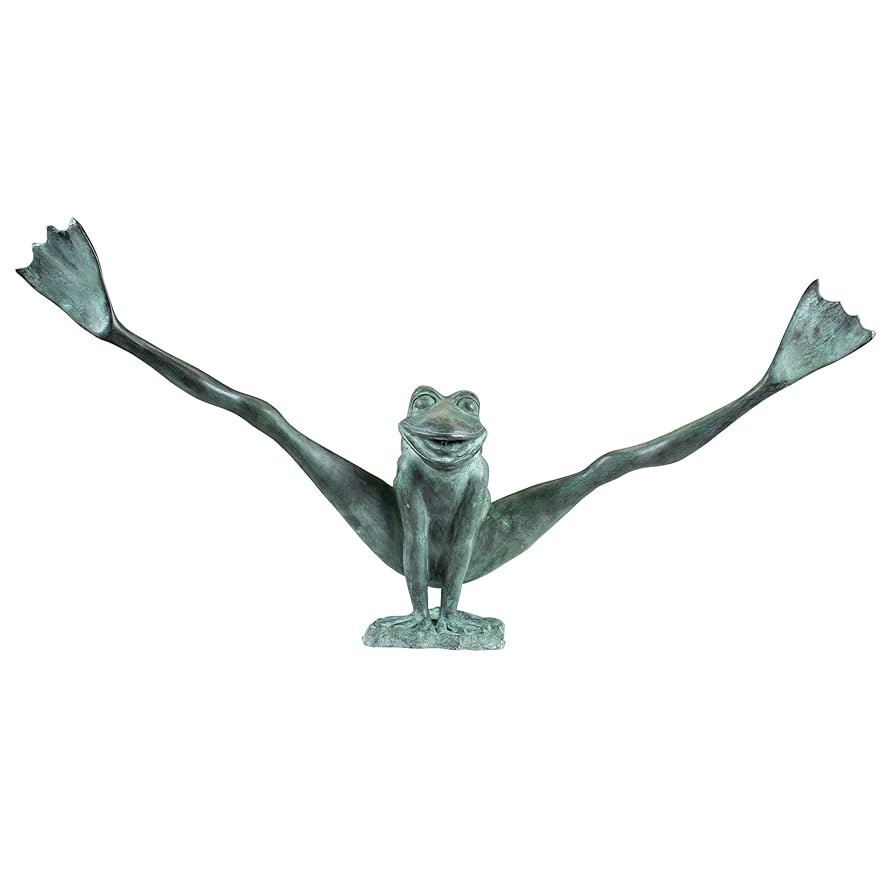
SEE ALSO: Click here to read another article
Mastering Clay Modeling Techniques
Getting started with clay modeling can be exhilarating yet daunting, especially for those new to the craft. Understanding the techniques is essential to success in creating unique frog models that not only capture attention but also tell a story. Below, we’ll delve into some fundamental techniques that can elevate your frog creations from simple shapes to captivating works of art.
1. The Pinch Technique
The pinch technique is one of the first methods a beginner can learn. It involves pinching and squeezing the clay to form various shapes, which makes it perfect for sculpting the body of a frog. You can start by making a small ball of clay for the head and another for the body. Pinch the ball into a disc shape, then carefully mold the head and body together, adding limbs as you go. This method encourages creativity and allows for a natural texture, mimicking a frog’s skin.
2. Coiling for Dimension
The coil technique is another effective way to shape a frog, adding dimension and texture to your model. Roll pieces of clay into long, thin strips and layer them to form the body. This technique works particularly well when you want to represent frogs with a more rounded or chunky appearance. Experimenting with coiling can also introduce patterns that resemble the vibrant markings of African frogs, such as the striking coloration of the golden poison dart frog.
3. Slab Building for Structural Integrity
The slab building technique involves rolling out flat pieces of clay and assembling them to create a form. This approach allows for intricate designs and can result in frogs with a more geometric look. When creating your frog, consider adding details such as flat, patterned sheets for the limbs or facial features crafted from stamped clay slabs to enhance its expression. This technique also encourages exploration of shape and structure in your designs.
4. Surface Texture and Detailing
Once you have the basic form of your frog, it’s essential to think about the details that will make your creation stand out. Utilizing tools such as clay carving needles, stamps, or even natural objects like leaves can add exquisite textures to your model. For instance, texturing the skin to reflect the bumpy surface of a frog can be achieved by imprinting with a sponge or a textured mold.
5. Painting and Finishing Touches
The final step in your frog modeling journey is painting. Using vibrant acrylic paints allows you to bring your creation to life. You can replicate the distinct patterns and colors of Nigerian frog species, ensuring your model celebrates the biodiversity of the region. Additionally, a glossy finish can add a realistic touch, making your frog appear as if it has just hopped out of a lush environment.
As you become familiar with these techniques, the possibilities for your clay frogs are endless. Experiment with combinations of methods to create unique and imaginative species that reflect your artistic vision. Each piece you create can be a celebration of nature and creativity, allowing you to express yourself vividly and engage with the artistic community around you.
The Benefits of Clay Modeling in “The Art of the Frog”
Clay modeling, particularly when guided by themes such as “The Art of the Frog,” not only enhances creativity but also provides numerous educational benefits. These hands-on techniques can be a delightful way for children and adults alike to express themselves while honing various skills. Engaging with clay fosters fine motor skills as users manipulate the medium to create intricate designs. The ability to mold, pinch, and join clay requires patience and precision, making it a great activity for improving hand-eye coordination.Furthermore, clay modeling encourages problem-solving abilities. As creators experiment with different shapes and forms, they learn to navigate challenges and make decisions about their projects. This process promotes critical thinking and can be particularly beneficial for young learners by incorporating aspects of STEM education into creative play. Additionally, the therapeutic aspects of working with clay are noteworthy. The act of molding and shaping provides a tactile experience that can relieve stress and foster relaxation. Artists, hobbyists, and families can bond over shared projects, making clay modeling not just a solitary endeavor but also a communal one. To illustrate the advantages, below is a well-organized table showcasing key benefits associated with the theme “The Art of the Frog: Clay Modeling Techniques for Fun Creations”.
| Category | Advantages |
|---|---|
| Creativity Enhancement | Promotes original thought and artistic expression. |
| Skill Development | Improves fine motor skills and hand-eye coordination. |
| Therapeutic Benefits | Provides relaxation and relieves stress through tactile engagement. |
| Social Interaction | Encourages collaboration and communication among participants. |
The dual nature of clay modeling as both a creative outlet and a valuable educational tool makes “The Art of the Frog” an exciting topic to explore. With these benefits, the art of creating unique frog models can lead to a fulfilling and enriching experience for all involved.
RECOMMENDED: Check out this similar article
Exploring Advanced Techniques and Cultural Inspirations
As you refine your skills in clay modeling, you may wish to explore advanced techniques that can further enhance your frog creations. Integrating cultural inspirations from Nigerian folklore, art, and the rich biodiversity of the region can provide a deeper connection to your work. This section will highlight several advanced techniques, alongside insights into how culture can influence your artistic expression.
6. Sculpting with Armatures
Building a strong foundation for your frog model can be achieved through the use of armatures. An armature is a supportive structure made from wire or sturdy materials that can hold the shape of your clay. This technique is particularly beneficial for tall or complex designs, allowing you to create dynamic poses that bring your frog to life. By reinforcing your sculpture with armatures, you can ensure stability while shaping the limbs and body, adding an element of realism to your work.
7. Hollowing Techniques for Lightweight Models
If you’re looking to create larger frog sculptures without adding excessive weight, hollowing techniques will be your go-to approach. After building the initial form, carefully remove clay from the interior, allowing your model to maintain its outer appearance while becoming significantly lighter. This method is not only practical for larger pieces but also allows for intricate detailing, as you can focus on fine features rather than worrying about the added bulk of solid clay.
8. Clay Slip and Colored Clay
The use of clay slip, a liquid mixture of clay and water, can elevate your artistic expression. By applying slip to your frog model, you can create smooth surfaces or intricate layers, enhancing color and texture. Additionally, consider using colored clay to create patterns or designs that resonate with the various species of frogs native to Nigeria. The use of brightly colored clay can reflect local themes, such as vibrant “Nigerian tree frogs,” known for their striking appearances, enriching the visual appeal of your work.
9. Inspiration from Nigerian Folklore
To truly capture the essence of frogs in your clay modeling, incorporating elements of Nigerian folklore can add storytelling depth. Frogs often appear as symbols of fertility and transformation in various tales. By researching local legends and integrating symbols or motifs from these stories into your designs, you can create unique pieces that resonate with cultural narratives. For instance, the tale of the ‘Frog Prince’—a story shared across cultures—can serve as a basis for a frog sculpture that embodies the magic of transformation and renewal.
10. Participating in Clay Art Communities
As you continue your exploration of clay frog modeling, engaging with clay art communities can provide invaluable insights. Local workshops or online forums, particularly those focused on Nigerian artisans, can expose you to new techniques, inspire collaborative projects, and foster relationships within the artistic community. By sharing your creations and learning from others, you contribute to a vibrant culture of creativity and expression, embodying the essence of clay modeling as an art form.
By layering these advanced techniques with cultural inspiration, your clay frog models can become more than mere objects; they can tell stories, evoke emotions, and celebrate the rich tapestry of life in Nigeria. Each creation can transform into a unique narrative, inviting viewers to explore both the artistic process and the deeper significance embedded within your work.
LEARN MORE: This related article may interest you
Conclusion: Unleashing Creativity Through Clay Frog Modeling
In the captivating journey of clay frog modeling, we have unraveled a myriad of techniques that empower you to bring your artistic visions to life. From the foundational skills of shaping to the advanced techniques of armature construction and hollowing, each method opens new avenues for creativity and innovation. By integrating cultural inspirations, especially those rooted in Nigerian folklore and the country’s rich biodiversity, your frog sculptures can transcend mere objects, transforming into profound artistic narratives that resonate with viewers.
The application of clay slip and the use of colored clay enhance the textures and colors of your models, reflecting the vibrancy found in natural frog species. Moreover, by delving into the stories of local legends and symbols, you can infuse deeper meaning into your creations, allowing them to convey messages of transformation and fertility that are central to many Nigerian tales.
Engaging with clay art communities further enriches this experience, encouraging collaboration and sharing of insights among artists. As you participate in workshops or online discussions, the exchange of ideas can catalyze new techniques and inspire innovative projects, collectively nurturing a vibrant culture of creativity within Nigeria.
In conclusion, the art of frog modeling not only hones your artistic skills but also invites you to explore and celebrate the stories and beauty of your environment. Each frog you create becomes a canvas for reflection and a gateway for sharing the beauty of life in Nigeria. Embrace the process, let your imagination soar, and transform your clay creations into meaningful art that sparks joy and wonder.
